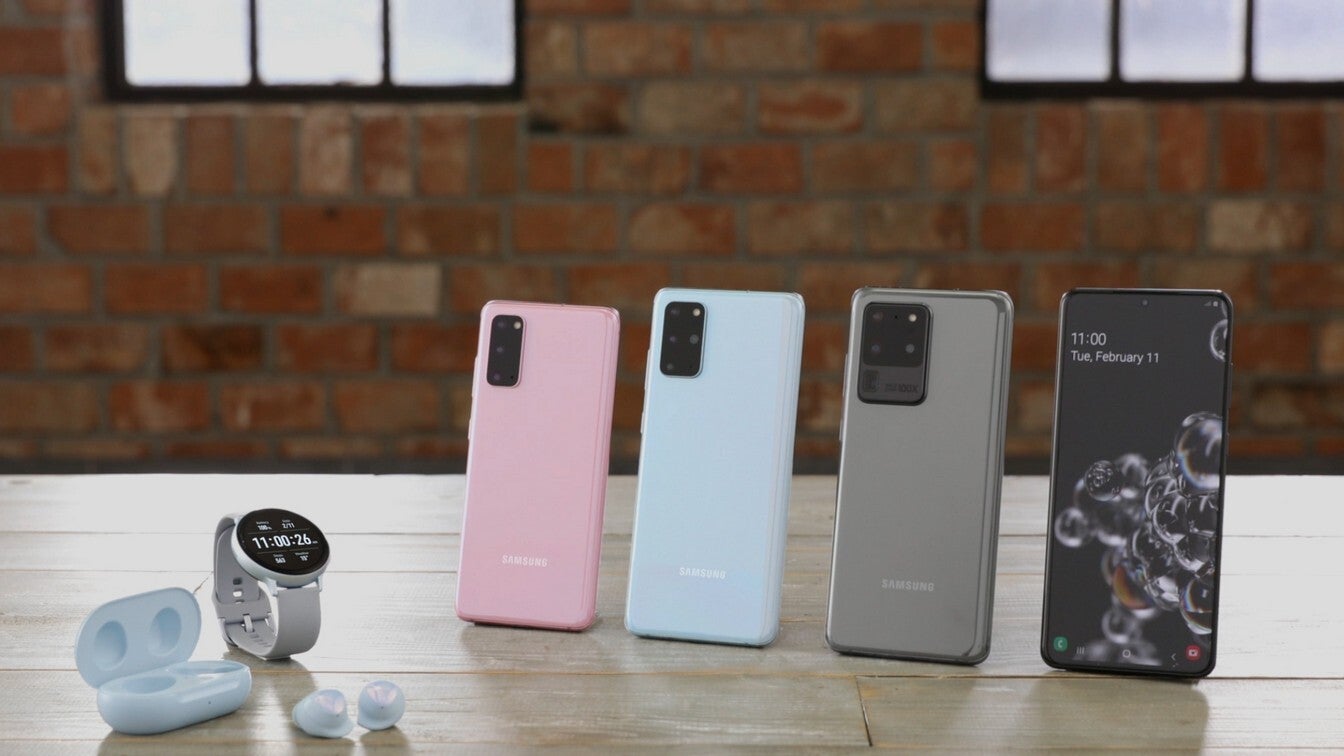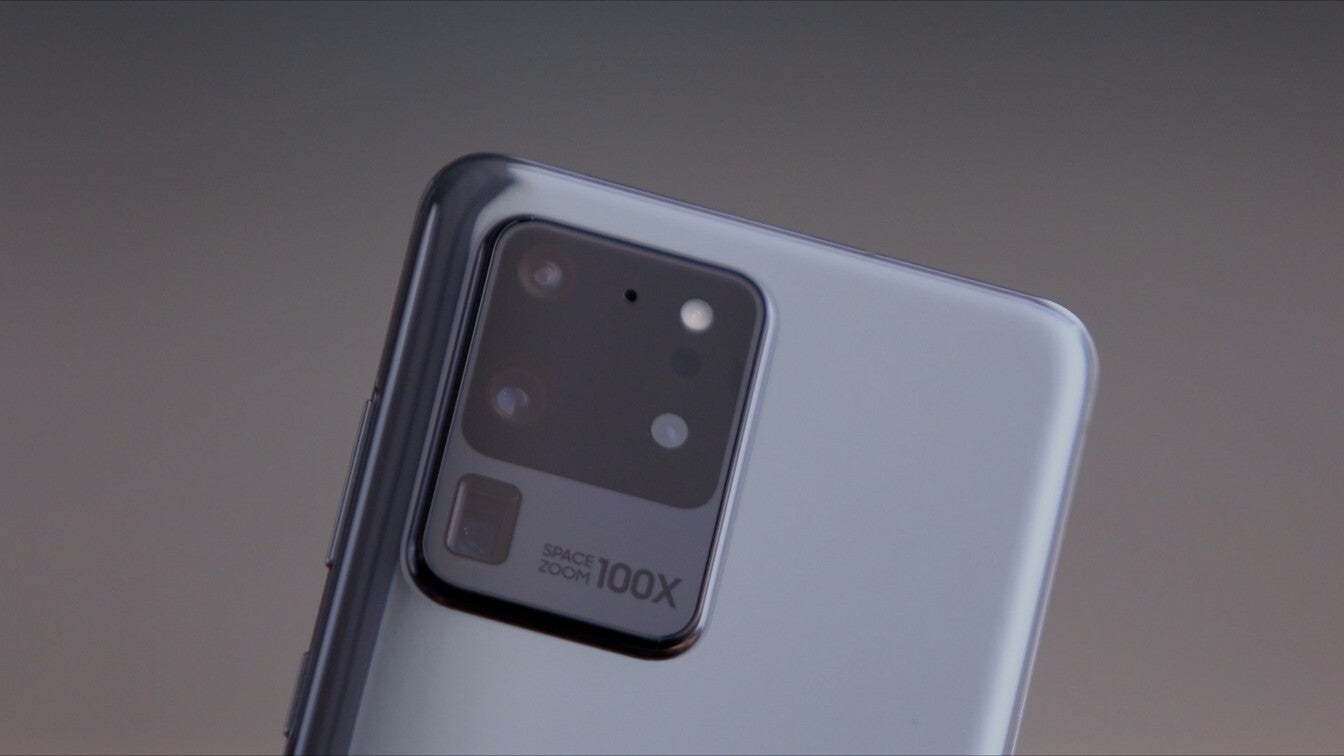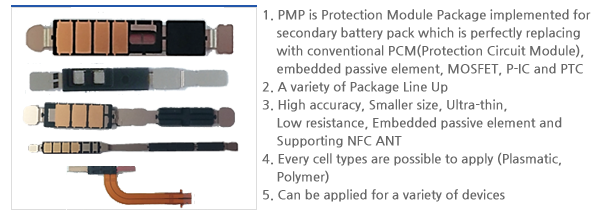The Galaxy S20 and Ultra are here and are huge in specs, size, and price

Samsung finally nailed it. It knocked it out of the park, left us stupefied and perplexed, and may have changed the whole Android ballgame with its new Galaxy S20 series and Z Flip foldable just announced, and then some. Stupefied because of the specs sheet, and perplexed because of the unprecedented camera kit and price differences between the S20/+ and Ultra models.
Even though leaked renders and rumors painted a pretty picture beforehand, now that all the specs and pre-order bells and whistles are official, we can easily place the S20 series on top of the Android food chain.
Unfortunately, Samsung's new triple release strategy brings higher average prices, too, and you'd be forgiven if you want to know what you get for the hefty tags. Leave it to us, we'll guide through everything that Samsung just announced around the new Galaxy S20, S20+ and the top-shelf Ultra flagships.
Galaxy S20, Plus and S20 Ultra prices and release date
The Galaxy S20, Plus and Ultra prices and release date on US carriers (T-Mobile, Verizon, AT&T, Sprint)
- Prices: from $999 (Galaxy S20), $1199 (S20+), $1399 (S20 Ultra)
- Release date: March 6 on Verizon, T-Mobile, AT&T, Sprint, Metro...
Samsung is apparently so certain in the merits of the new S20 series, that it is not at all fatalistic about the launch date falling on Friday, March 6. Pre-orders start immediately, and you will be able to snatch one of the S20 trio earlier than anybody else if you register.
In addition, pre-orders for the Galaxy S20, S20+ and S20 Ultra begin February 21, 2020, at 12:01 am ET. Between February 21, 2020 and March 5, 2020, and you will get a $100 Samsung credit with a Galaxy S20, $150 Samsung credit with a Galaxy S20+, or $200 Samsung credit with a Galaxy S20 Ultra. Plus, you get other pre-order bonuses like a free Galaxy Buds+ kit that itself is a $150 value and offers the longest battery life of any true wireless earphones.
Here, however, are the rather unpleasant price tags of the newest Galaxies:
| US (5G models only) | Europe | UK | |
|---|---|---|---|
| Galaxy S20 | $999.99 (T-Mobile, Verizon, AT&T) | 899-939 EUR (4G) 999-1039 EUR (5G) | £799 (4G) £874 (5G) |
| Galaxy S20+ | from $1199.99 (T-Mobile, Verizon, AT&T) for the 128GB model to $1349.99 for the 12GB/512GB version | 1039 EUR (4G) 1139 EUR (5G) | £999 (4G) £1074 (5G) |
| Galaxy S20 Ultra | from $1399.99 (T-Mobile, Verizon, AT&T) for the 128GB model to $1599.99 for the 16GB/512GB version | 1339 EUR (5G only) | £1149 (5G only) |
Galaxy S20, S20+ and S20 Ultra specs and display size
These are the main Galaxy S20, Plus and Ultra hardware specifications:
- Display size: 6.2", 6.7", and 6.9" QHD+ 20:9 with 120Hz refresh rate
- Processor: Snapdragon 865/Exynos 990
- 5G modems
- Cameras: 12MP (main) + 64MP (zoom) + 12MP wide (S20 and S20+)
- S20 Ultra camera: 108MP (main) + 48MP (periscope zoom) + 12MP wide
- Battery: 4000mAh (S20), 4500mAh (S20+), 5000mAh (Ultra)
- Charger: 25W (S20/S20+), 45W (Ultra)
- Memory and Storage: 8/12/16GB (Ultra) RAM, 128/256 (Ultra)/512 (S20+, Ultra) GB
A high-res, high refresh display, huge batteries, latest 7nm processors, and pretty amazing camera sets with record zoom levels - Samsung gives us the best of Android in nifty packages.
| Galaxy S20 Ultra | Galaxy S20+ | Galaxy S20 | |
|---|---|---|---|
| Displays | 6.9" 3200x1440p AMOLED, Premium Hole Infinity Display, on-demand 120Hz refresh at FHD+ resolution | 6.7" 3200x1440p AMOLED, Premium Hole Infinity Display, on-demand 120Hz refresh at FHD+ resolution | 6.2" 3200x1440p AMOLED, Premium Hole Infinity Display, on-demand 120Hz refresh at FHD+ resolution |
| Processor(s) | Snapdragon 865, Exynos 990 | Snapdragon 865, Exynos 990 | Snapdragon 865, Exynos 990 |
| Memory and storage | 12/16GB DDR5 RAM 128/256/512GB storage | 8/12GB DDR5 RAM 128/256/512GB storage | 8/12GB DDR5 RAM 128GB storage |
| Battery | 5000mAh | 4500mAh | 4000mAh |
Galaxy S20, S20+ and S20 Ultra body colors and design
Here are all the Galaxy S20 series colors available at launch
- Galaxy S20 Ultra: Cosmic Black and Cosmic Grey
- Galaxy S20+: Cloud Blue, Cosmic Black and Cosmic Grey
- Galaxy S20: Cloud Blue, Cosmic Grey and Cloud Pink
Given the pains Samsung went through to achieve the OLED display piercing that returned the front camera(s) punch hole of the Galaxy S10 and Note 10, it was unlikely to drastically change this design. Тhese things have to be produced in the tens of millions, so Samsung usually leaves the experiments for the midrange A-series now.
In fact, all leaks pointed to a Note 10 derivative design, with a hole in the middle of the screen top, and they were correct. Samsung calls the shimmering or matte colors of the S20 series Cloud Blue and Cloud Pink, or Cosmic Black and Cosmic Grey, in sync with the new space theme it introduces with the S20 Ultra.
| Galaxy S20 Ultra | Galaxy S20+ | Galaxy S20 | |
|---|---|---|---|
| Dimensions and weight | 6.57 x 2.99 x 0.40 inches, 166.9 x 76 x 8.8mm (10.2 mm at the camera bump) 7.80 oz (221 g) | 6.37 x 2.90 x 0.35 inches, 161.9 x 73.7 x 7.8mm (8.9mm at the camera bump) 6.63 oz (188 g) | 5.97 x 2.72 x 0.36 inches, 151.7 x 69.1 x 7.9mm (9.1mm at the camera bump) 5.78 oz (164 g) |

Galaxy S20 5G models, Snapdragon 865 vs Exynos 990 benchmark
This year, we are going to see a real competition in the world of mobile processing units, it seems, as both the Galaxy S20's Exynos 990 and Snapdragon 865 chipsets are done at second-gen 7nm production facilities. There will be 4G-only versions of the Galaxy S20 and S20+, but not in the US, and not of the Ultra, whose price tag is enough of a hint that it is a 5G-exclusive model.
The 990 can be combined with an improved Exynos 5123 modem with up to 7Gbps download speeds but only as a separate entity. If integrated into the chipset, like on the S20, the new modem doesn't support, say, Verizon's mmWave 5G network. In addition, we already have the first benchmark of the US Galaxy S20+ version, and the Snapdragon 865 there scores a fair bit higher for the same clock speed.

Galaxy S20+ (Snapdragon) vs Ultra (Exynos) scores
Galaxy S20, Plus and Ultra zoom and camera features

The camera set on the Galaxy S20 Ultra uses a second generation of Samsung's 108MP sensor which outputs a 27MP photo in a pixel-binning mode as the main shooter. The S20 and S20+ will be getting enhanced 12MP sensors with a larger, 1.8 micron pixel size, so they will also be upgraded from the S10 family. In addition, zooming abilities are greatly enhanced on all phones, and there will be 8K video recording, too.
| Galaxy S20 Ultra | Galaxy S20+ | Galaxy S20 | |
|---|---|---|---|
| Cameras | 108MP main (12MP photos with 2.4 μm virtual pixel size) 48MP periscope 'Space Zoom', up to 10x hybrid and 100x digital magnification 12MP Ultrawide-angle lens ToF camera 40MP selfie camera | 12MP main, 1.8μm pixel size 64MP Telephoto, 3x optical, 30x Space Zoom 12MP Ultrawide-angle lens ToF camera 10MP selfie camera 8K 30fps or 4K HDR 120fps recording | 12MP main, 1.8μm pixel size 64MP Telephoto, 3x optical, 30x Space Zoom 12MP Ultrawide-angle lens 10MP selfie camera 8K 30fps or 4K HDR 120fps recording |
| Features | 8K 30fps or 4K HDR 120fps recording Bright Night, Single Take, Director’s Cut from all cameras at once, Night Hyperlapse | 8K 30fps or 4K HDR 120fps recording Bright Night, Single Take, Director’s Cut from all cameras at once, Night Hyperlapse | 8K 30fps or 4K HDR 120fps recording Bright Night, Single Take, Director’s Cut from all cameras at once, Night Hyperlapse |
Galaxy S20 and Ultra Space Zoom

Bright Night
Usually, that many pixels like in a 108MP sensor mean a lot of cross-talk and noise, all "features" that are detrimental to clean and sharp photos in the dusk. Samsung, however, is so certain that it may have overcome these downsides of ultrahigh resolution sensors, that it trademarked the Bright Night phrase, hinting at the low-light excellence of the S20 series.
Besides high-res photos, the Ultra's 108MP sensor with Nonacell (9-in-1 pixel-binning) technology offers improved low-light performance, better highlights exposure for bright elements, even faster autofocus and improved HDR photography, nearing the perception of the human eye.
Galaxy S20, S20+ and Ultra battery life
Besides a huge camera upgrade, the S20 series boasts one in the battery life department. A new technology (PMP) allows for a much tighter packaging of the battery compared to what Samsung is using for the Galaxy S10 models, whose packs still require a holder case.
The pleasant side effect of using PMP for the Galaxy S20 batteries is that the overall size of the circuitry packaging can shrink significantly, allowing for much larger capacities, a smaller battery footprint leaving space for other stuff inside the phone, or a combination thereof.

| Galaxy S10 series | Galaxy S20 series |
|---|---|
| 3100mAh (Galaxy S10e) | 4000mAh (Galaxy S20) |
| 3400mAh (Galaxy S10) | 4500mAh (Galaxy S20+) |
| 4100mAh (S10+), 4500mAh (S10 5G), 4300mAh (Note 10+) | 5000mAh (Galaxy S20 Ultra) |
The 5G connectivity and the 120Hz display refresh are RAM and battery hogs, so Samsung had to up the ante in those departments. With QHD display resolution, though, don't expect two-day battery life miracles, as Samsung itself admits it's a "full-day battery" on all three phones.
Galaxy S20 series launch takeaways
If the only thing that stopped you from getting a high-end Samsung phone had been the battery capacity, compared to the competition from China, the company addresses that.
If your other quibble was the camera hardware (not picture quality, mind you), compared again to how cameras on, say, high-end Huawei phones look on paper, Samsung disposed of that prejudice, too.
The significant upgrades in the camera and battery abilities make the Galaxy S20 series the Androids to get this season, but the beastly specs had led Samsung to believe that higher average prices are warranted, compared to the S10 series. Do you agree?
READ MORE
Follow us on Google News






















Things that are NOT allowed:
To help keep our community safe and free from spam, we apply temporary limits to newly created accounts: